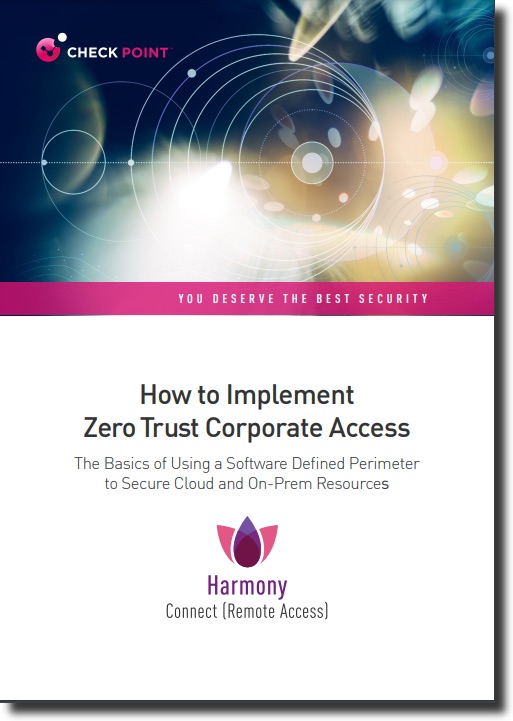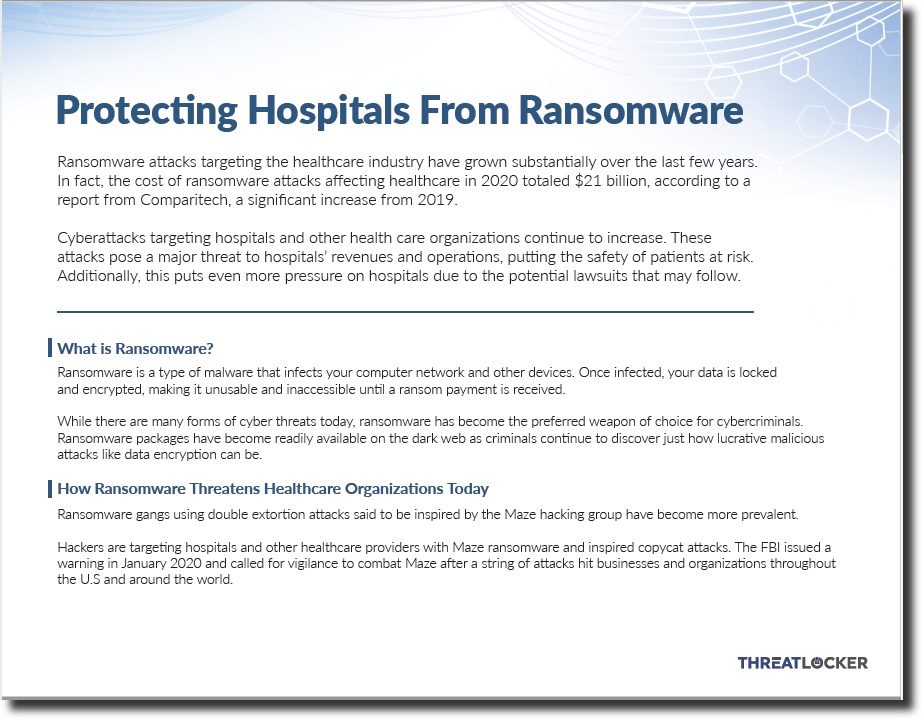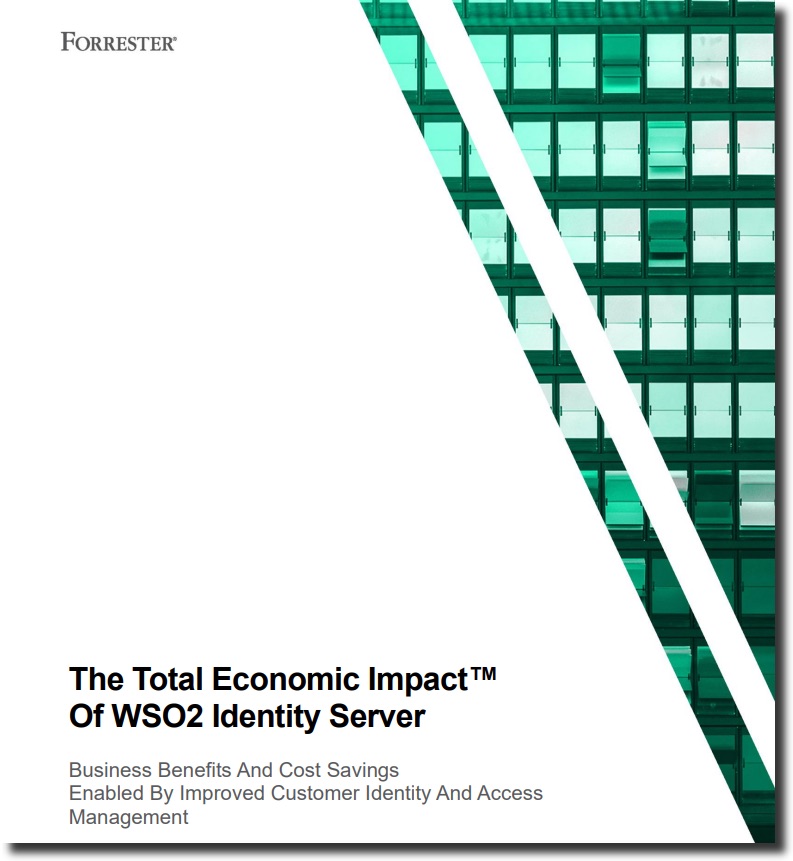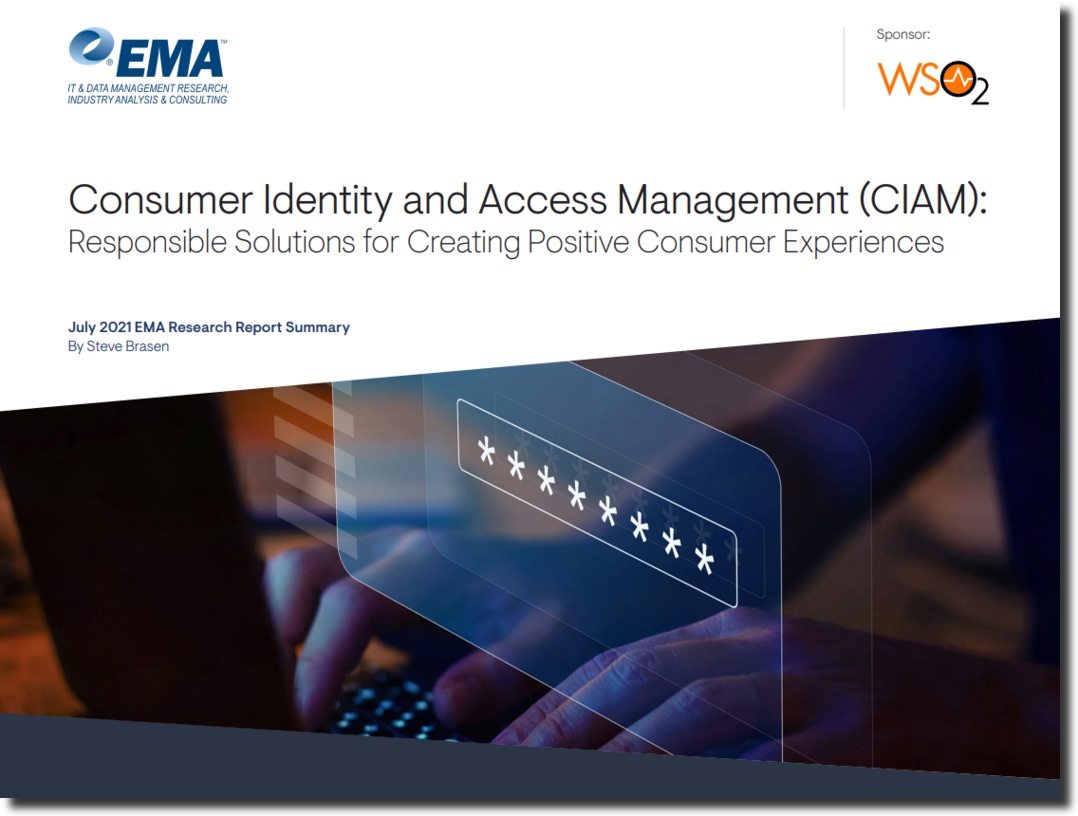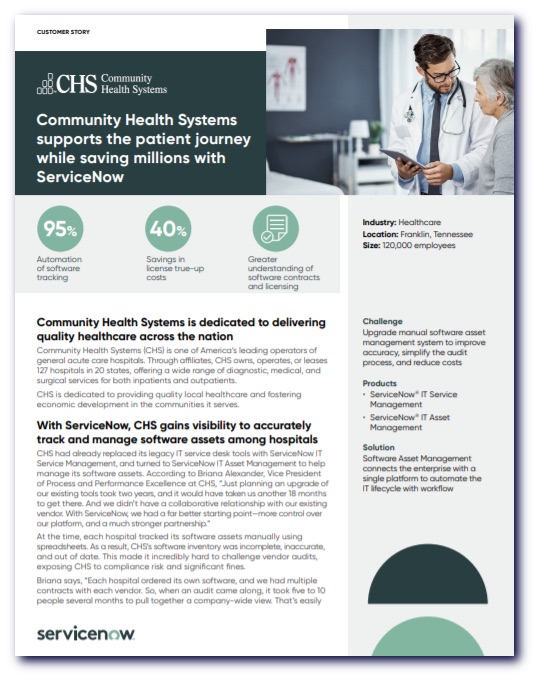Privacy & Security
Often associated with an identity-centric perimeter zero trust network access (ZTNA) architecture helps organizations reduce their attack surface by eliminating network-layer risks, but is not without its complexity and implementation challenges.
According to Comparitech, the cost of ransomware attacks against healthcare organizations totaled $21 billion, and the number of attacks is only increasing. Ransomware attacks can shut down Internet-connected medical devices and electronic health records, forcing hospitals to turn away patients and exposing them to lawsuits. While users should be educated on ransomware avoidance techniques, partnering with a trusted cybersecurity solutions provider like ThreatLocker can also help keep hospitals safe from ransomware attacks.
The WSO2 Open Healthcare API Interoperability Solution is purpose-built for healthcare enterprises. Deployable in the cloud, on premises and in hybrid environments, the WSO2 Open Healthcare API Interoperability Solution exceeds basic healthcare accelerators to provide the foundation for implementing seamless and secure health data exchange, data management, data integration and customer identity and access management (CIAM) platforms. Let WSO2 help you map out a strategy to fast-track your digital transformation and even create new business models by monetizing APIs and building an API marketplace.
Well-executed customer identity and access management (CIAM) solutions govern users’ access to sensitive application and data as cost-effectively as possible without slowing down business agility, compromising employees’ and customers’ digital experience or violating compliance requirements. WSO2 commissioned Forrester Consulting to conduct a Total Economic Impact™ study to examine the potential ROI that enterprises may realize by deploying WSO2’s Identity Server. After interviewing four WSO2 customers using Identity Server, Forrester found that a composite organization experiences benefits of $4.51M over three years versus costs of $1.04M, adding up to a net present value of $3.46M and a ROI of 332%.
A successful business needs to have positive digital consumer experiences. Consumer identity and access management (CIAM) processes enable consumer access to digital resources while ensuring that security and compliance requirements are met. To help identify best practices in support of CIAM objectives, EMA surveyed organizations actively employing CIAM solutions. Although the majority of survey responders indicated significant business value in their online service since adopting a CIAM solution, it’s important to engage the services of knowledgeable professionals before making this investment.
Connecting devices can seem risky, but not connecting them is even riskier. On-prem solutions can’t keep up with software updates, and healthcare IT departments are overextended and under resourced. Bsquare has created a line of connected device solutions to mitigate the risks of connecting devices and address the four critical device requirements: configured securely, recoverable, updateable, and upgradeable. Learn more about Bsquare’s solutions and take advantage of the possibilities of a secure system.
When employees say yes to unsolicited push notifications, they effectively allow a malicious actor to bypass the controls offered by two-factor authentication – and open a new vulnerability for phishing attacks, or "phushing."
When implemented correctly, these programs can effectively crowdsource security research and testing services to help uncover real world exploitable vulnerabilities.
While compliance-based frameworks are not without merit, it is important that they be viewed as minimum acceptable standards and not as end goals.
SPONSORED
Community Health Systems (CHS), located in Franklin, Tennessee, is one of America’s leading operators of general acute-care hospitals. After replacing its legacy IT service desk tools with ServiceNow® IT Service Management, CHS turned to ServiceNow® IT Asset Management to help manage its software assets. At the time, CHS was tracking software assets manually using spreadsheets. This meant the inventory was incomplete, inaccurate and out of date, making it difficult to challenge vendor audits and leaving CHS exposed to compliance risk. ServiceNow helped CHS take more control over its software purchasing path so it could have better conversations with vendors.
